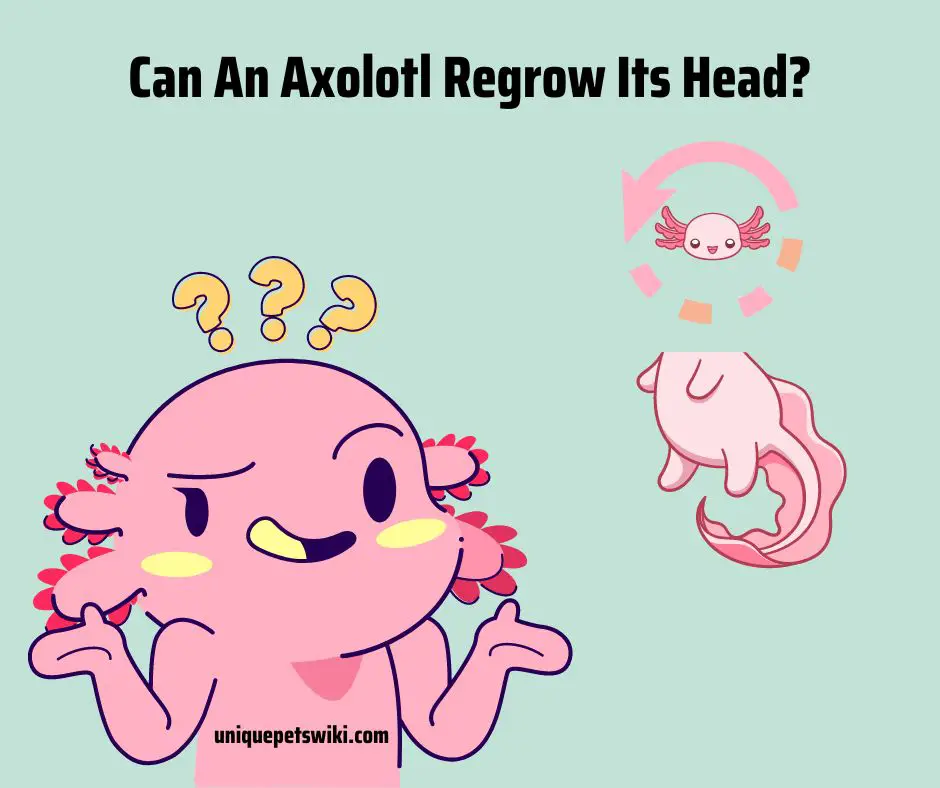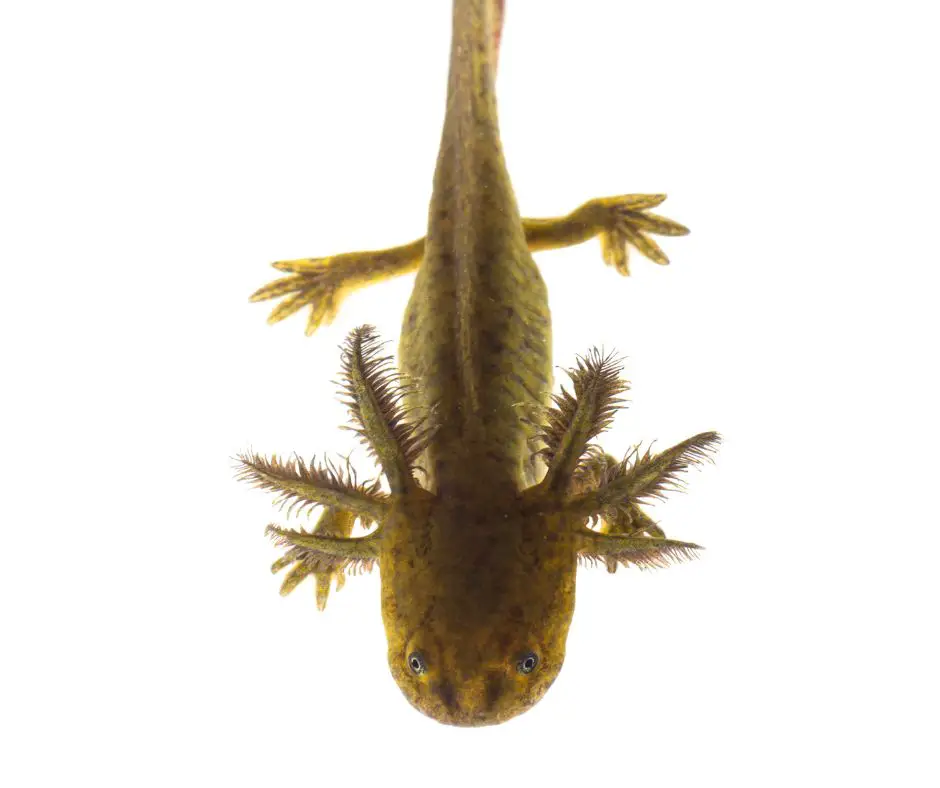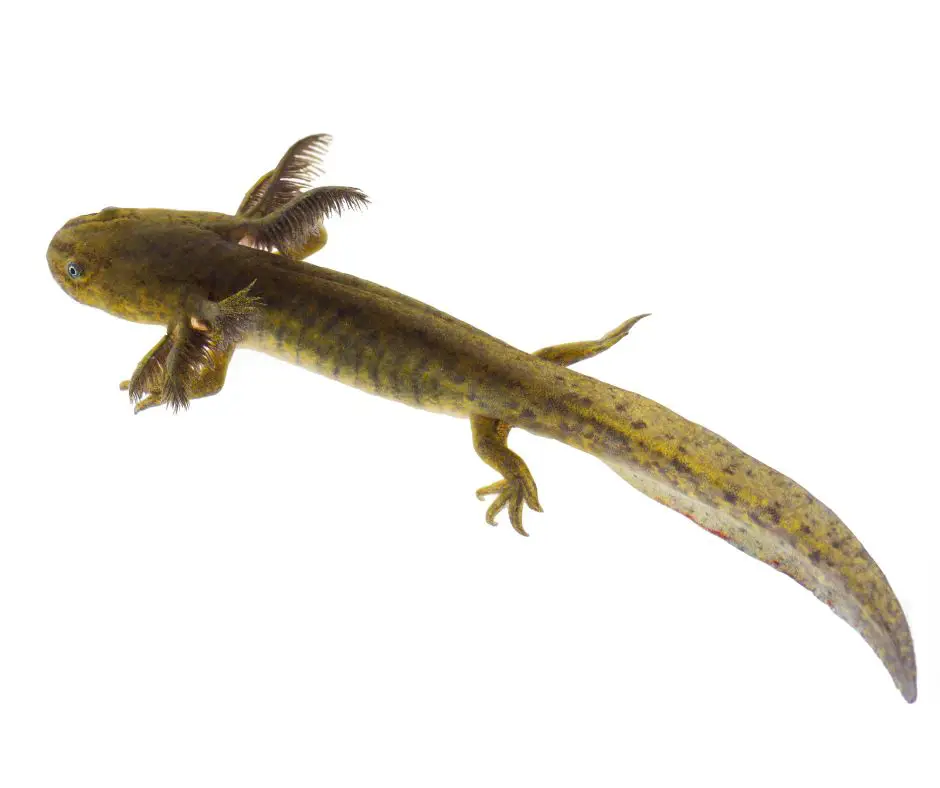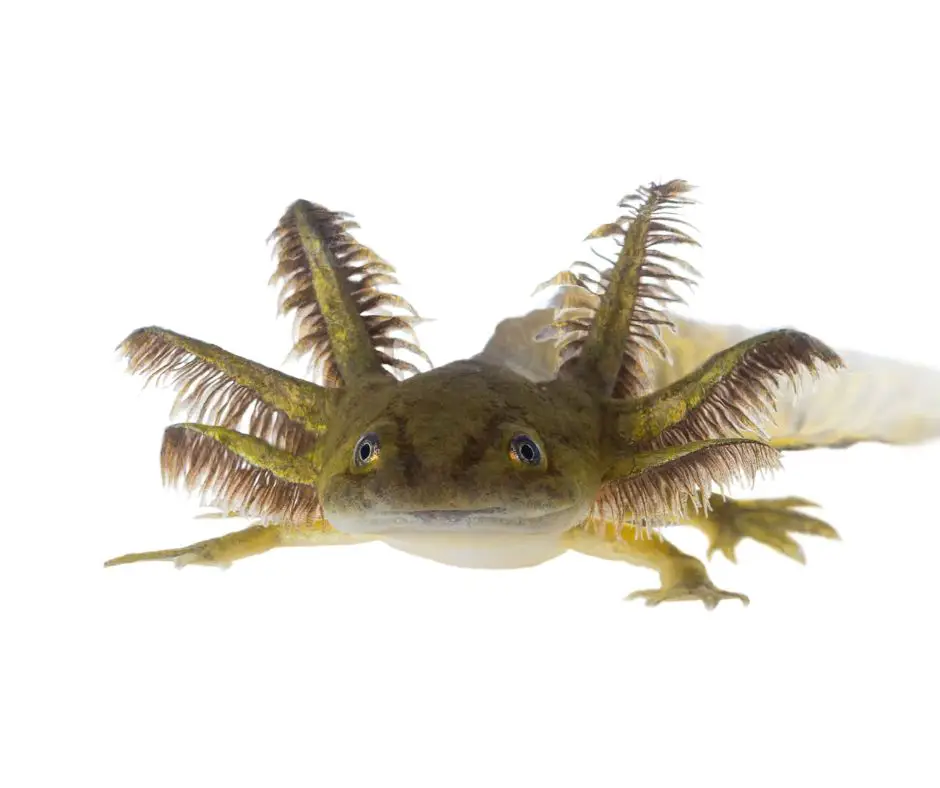Axolotls are remarkable aquatic organisms noted for their ability to regenerate numerous bodily organs.
Their limbs, third heart ventricle, and some brain parts can all regenerate. They cannot regrow some body parts such as midbrain damage. So, Can an Axolotl Regrow its Head?
Pet owners should be mindful of their pets’ ability to regenerate. The fact that axolotls are on the list of regenerating animals does not imply that they can regrow all of their body parts.
When an axolotl has an injury, a veterinarian should be consulted to treat or assist in the regeneration of the organ.
The purpose of this article is to teach readers about creatures that can regrow their heads, as well as whether or not the axolotl can regrow its head.
The article will also inform readers about the organs that axolotls can regenerate.
Contents
Can An Axolotl Regrow Its Head?
No, axolotls’ heads do not regrow. Because the brain in the head is made up of sensory neurons and receptors.
Any damage to the head can disrupt the brain’s communication with other body parts, preventing the axolotl from sending messages to rebuild the part.
If not severely damaged, axolotls can repair some parts of their forebrain. It is possible to regrow injured head tissue if the information is exchanged through sensory neurons.
It is therefore impossible to regrow an axolotl’s head if it is lost due to a severe injury.

What Animal Can Regrow Its Head?
Various species have the ability to regenerate bodily parts such as limbs, jaws, and hearts.
The hydra, on the other hand, is a tiny invertebrate that can regrow its head. Hydra, like corals, renews their heads by generating bud clusters of cells.
More than 200 genes regulate the development of buds. As a result, the bud matures and develops into ahead.
The hydra’s genetic makeup is unique, and it has an incredible ability to regenerate. The following is a list of animals that can regrow bodily parts.
| Animal | What they regenerate |
| Flatworm | All parts of their body including head |
| Sea star | Can regenerate whole bodies if the central sensory neural path is not affected |
| Lizards | Limbs, tail |
| Spiders | Legs, mouthpieces |
| Tadpoles | Tail |
| Human | Skin and liver cells |
| Zebrafish | Heart |
| Catfish | Whiskers |
| Green Iguana | Tail |
What Body Parts Can an Axolotl Regenerate?

Axolotls can regrow various parts of their body including limbs, eyes, lung tissues, testes, ovaries, spine, and some parts of the brain.
They have the ability to regenerate the telencephalon, which is a part of the forebrain. The communication between the brain and other components is unaffected by injury to this part.
If a section of the brain or nervous system is severely damaged, the neurons will not transmit the necessary information to rebuild that part.
Axolotls can regenerate their testes more quickly than other bodily components.
Why Axolotl Can Regenerate?
Axolotl genes include instructions for converting wound cells into stem cells, which initiate the healing process.
When other animals, including humans, are injured, skin cells cover the wound but are unable to recover due to the lack of stem cells.
Axolotls transform wound epithelial cells into stem cells. The epithelial cap, also known as the first blastema, develops from the stem cells.
The brain then sends a message to blastema cells, instructing them to develop into a tissue or organ that is comparable to the lost organ.
How do Axolotls Regrow?

When an axolotl is injured, surrounding cells begin to proliferate and migrate to the afflicted area. These cells have the potential to transform into stem cells from the lost tissue or organ.
The cells not only cover the injury but also continue to develop until they reach the size of the missing organ.
Every organ’s particular stem cell information is contained in the genetic DNA of the axolotl.
So, when an axolotl loses a leg, the particular gene helps to create stem cells from epithelial cells. As a result, the regenerated version will resemble the original.
LANDEN Rimless Low Iron Aquarium Tank
- [Rich Landscape Application] Rich landscape design, suitable for all kinds of scenes.
- [Chance of Ultra-white Vat] 10mm thick heavy-duty glass with high light transmittance and low iron, 91% transparency, bezel-less design, and wide vision brings you an immersive viewing experience.
- [High Quality Manufacturing Standard] Standard right Angle, mirror edge grinding, accurate size, uniform joints, smooth feel.
- [Fish tank specifications] 35.4" L × 17.7" W × 17.7" H (90cm x 45cm x 45cm); 10 mm thick.Approx 43.98gallon
- [Packing, Transportation and Gift] Net weight: 85.8 pounds, packing weight: 112 pounds; Free EVA material fish tank cushioning pad; Professional packaging, transportation safety is guaranteed.
Last update on 2022-12-29 / Affiliate links / Images from Amazon Product Advertising API
How Fast Can an Axolotl Regenerate?
It is dependent on the axolotl’s age. When compared to adult axolotls, juvenile axolotls regenerate more quickly.
The ability of axolotls to regenerate organs decreases as they age. Axolotls can regenerate their limbs in as little as 40 to 50 days.
When an axolotl’s third heart or ventricle is damaged, it can heal in 30 to 60 days. It takes 18 to 24 days to regrow the spine to reconnect the tail and limbs.
So, regeneration time varies depending on the body part and severity of the injury.
How Many Times Can an Axolotl Regenerate?
The frequency with which organs regenerate is determined by the axolotl’s age and the severity of the injury.
An axolotl’s leg can regenerate five times. However, repeatedly regenerating a specific organ takes time. Furthermoref, the precision of the regeneration process reduces.
After the fifth regeneration, the axolotl is unable to regrow the lost organ in the same manner as the original.
Due to a loss of regeneration potential, the organ now resembles a bud. Because the axolotl fails to turn epithelial cells into stem cells after numerous regenerations.

Do Axolotls Feel Pain?
Axolotls do experience pain. They do, however, have fewer nociceptors in their skin and are unable to interpret pain receptor messages.
Axolotls may sense and recognize pain if it is severe and occurs near the head.
Axolotls, unlike humans and other animals, do not detect or receive cutaneous sensory information.
However, there is little evidence on how effective nociceptors are at detecting stimuli. As a result, veterinarians advise giving axolotls analgesics to relieve pain.
Marineland Penguin Bio-Wheel Power Filter
- WITH ROTATING BIO-WHEEL: Patented Bio-Wheel technology provides excellent wet/dry biological filtration
- MULTI-STAGE FILTRATION: Delivers mechanical, chemical and biological aquarium filtration to maintain a clean aquatic environment
- MARINELAND FILTRATION PRODUCTS: Count on Marineland brand for the most reliable, technically advanced aquariums and accessories on the market
- COMPATIBILITY: Use with Marineland Rite-Size Filter Cartridges (see individual filter for sizing recommendations)
- FIVE SIZES: Available in 75 GPH, 100 GPH, 150 GPH, 200 GPH and 350 GPH sizes
Last update on 2022-12-30 / Affiliate links / Images from Amazon Product Advertising API
Wrapping Up
If the connection between the brain and other body parts is not disrupted, axolotls can regenerate some brain tissues.
They have the ability to regenerate limbs, eyes, lungs, ovaries, testes, and tails. The efficiency of regeneration, however, is dependent on the axolotl’s age and the severity of the injury.
Axolotls’ genetic DNA contains instructions for transforming epithelial cells into stem cells. The growth of the organ is aided by the proliferation of stem cells at the wounded spot.
Axolotls can regrow an organ multiple times, but their regeneration potential diminishes over time.


